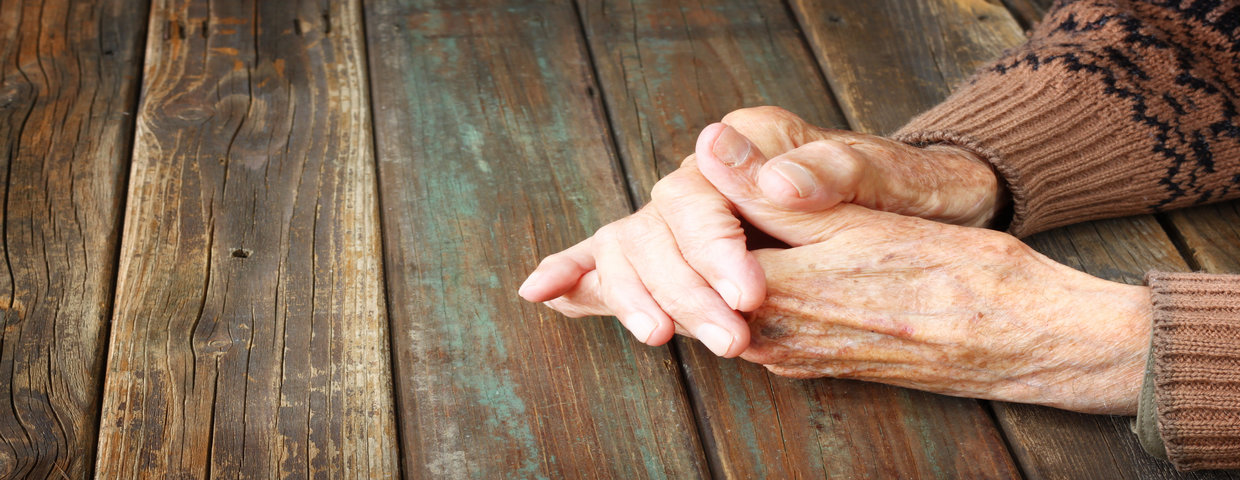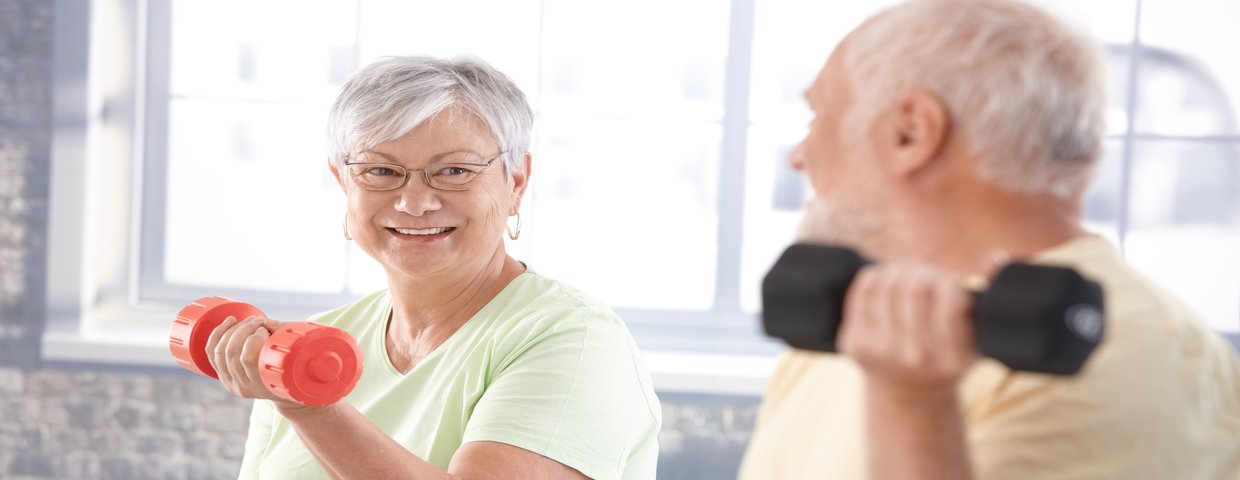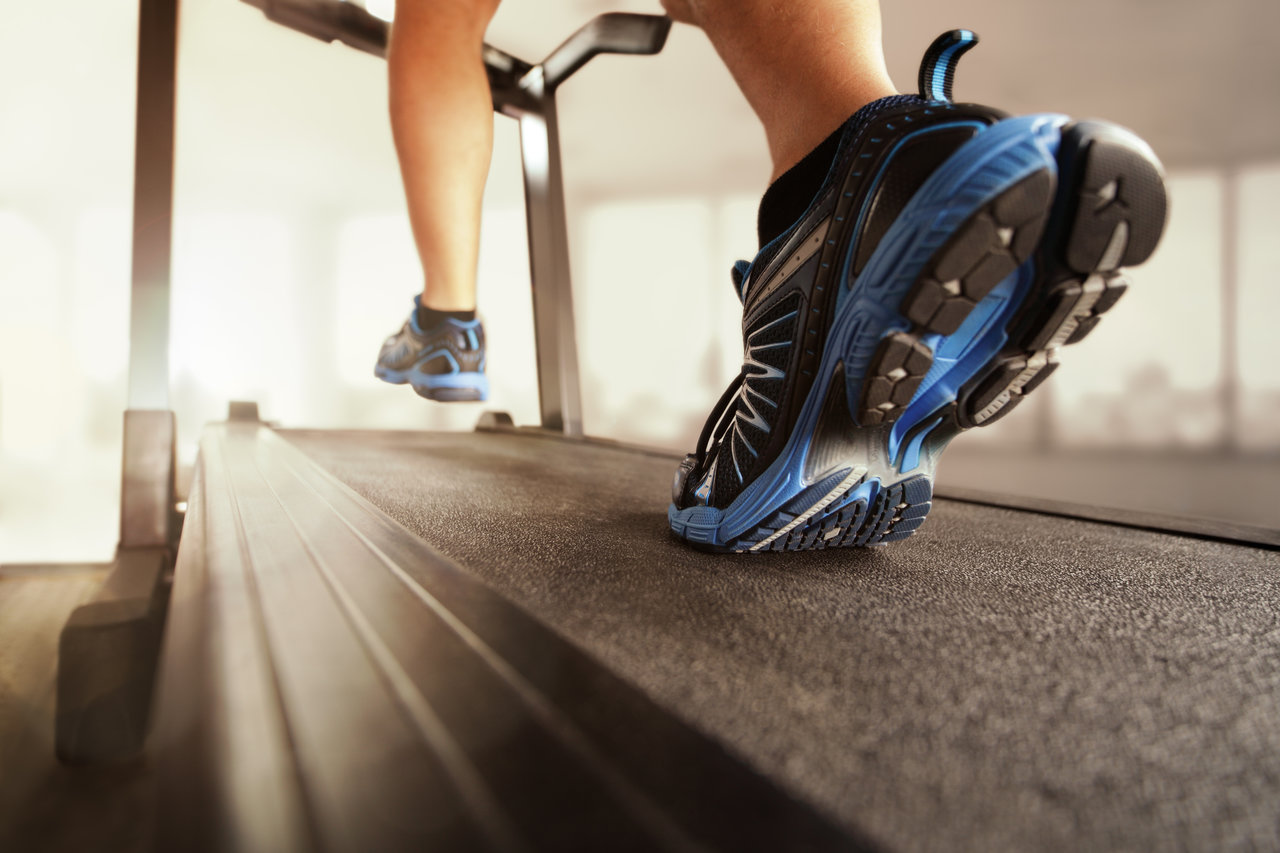Managing Pain After Open Heart Surgery
We've all heard it before: "life's a journey, not a destination." While that may be true in life, there are some things that are defined by the destination and not the journey. For example, what about a trip to the grocery store? Chances are, you're not too focused on the journey itself; it's a combination of roads you've driven a thousand times before, stoplights you know like the back of your hand, and turns you could make with your eyes closed (although that's not recommended). In this case, most of us are more concerned with the destination. What do we need at the store? Will it be crowded? How fast can we get the job done? It's true: there are many things in life where destination is emphasized over journey--and heart surgery is one of them.










